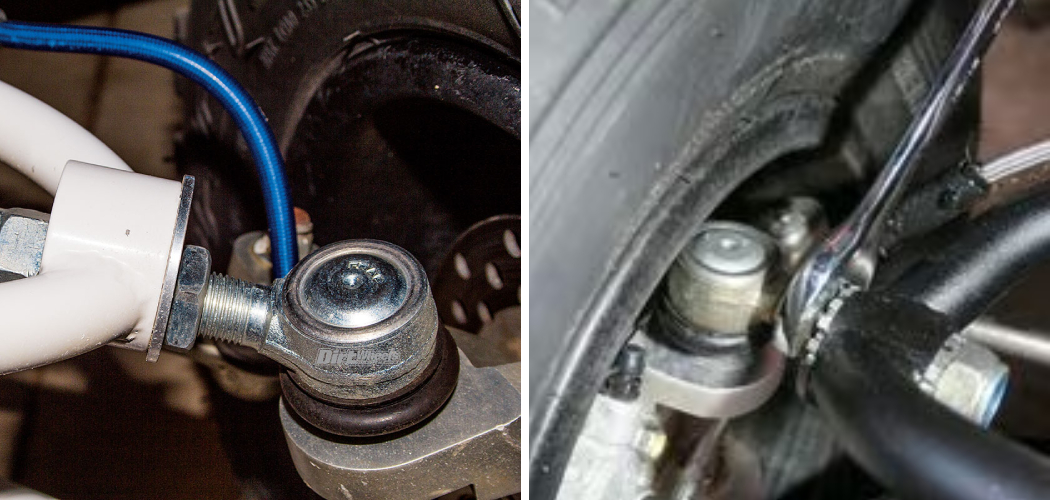Proper wheel alignment is critical for optimal vehicle handling, ensuring even tire wear, and maintaining fuel efficiency. The caster and camber angles are vital components of wheel alignment, each playing a pivotal role in a vehicle’s steering response and cornering stability.
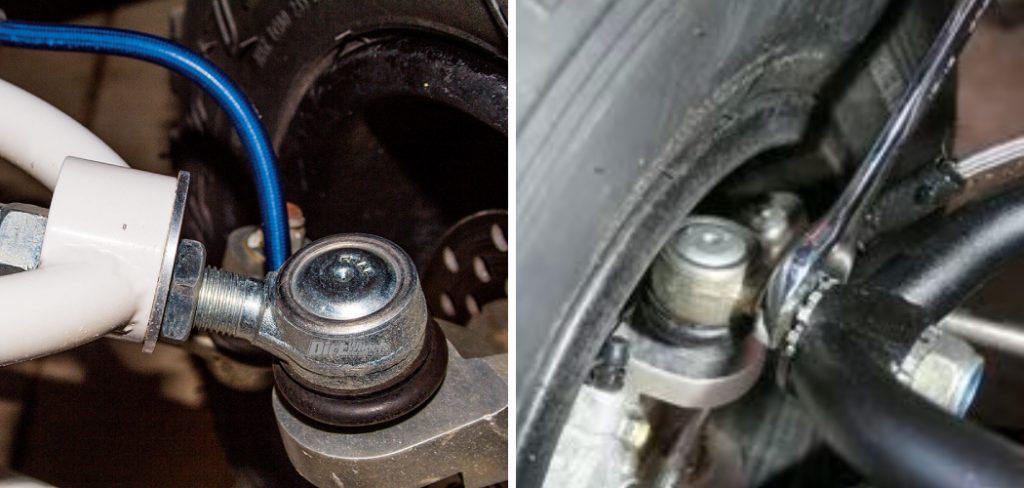
Misalignment can lead to rapid tire degradation, poor handling, and increased fuel consumption. This article aims to equip readers with a thorough understanding of how to adjust caster and camber, offering a comprehensive step-by-step guide for those seeking to enhance their vehicle’s performance and longevity.
What are Caster and Camber?
Caster and camber are two critical angles in wheel alignment that affect your vehicle’s performance. The caster angle is the angle of the steering axis when viewed from the side of the vehicle, and it influences stability, steering, and cornering. Imagine a line drawn through the wheel’s upper and lower pivot points.
If this line tilts towards the back of the car, it indicates a positive caster; if it tilts towards the front, it’s a negative caster. A positive caster angle enhances straight-line stability and cornering because the tire’s contact patch is dragged behind the steering axis. Conversely, a negative caster may reduce stability but can make steering easier at low speeds.
On the other hand, the camber angle is the tilt of the wheels when viewed from the front of the vehicle. Wheels that lean out at the top have positive camber, improving grip when cornering. In contrast, wheels that lean in have negative camber, which can be beneficial for reducing tire wear and is often found in high-performance vehicles.

Zero camber means the tire is perfectly perpendicular to the road surface, which maximizes the tire’s footprint and is typical for most vehicles to ensure even tire wear under normal driving conditions.
Visual aids such as diagrams or animations would be particularly helpful here to illustrate these concepts and how they affect the contact of the tires with the road and the overall suspension dynamics of the vehicle. It’s important to note that while each alignment setting has its benefits, it must be carefully managed to avoid adverse effects on the vehicle’s handling and tire longevity.
Signs of Misaligned Caster and Camber
When caster and camber settings deviate from their ideal specifications, symptoms can manifest in various forms, compromising vehicle performance and safety. Uneven tire wear, for example, often indicates improper camber alignment, with the edges of the tires wearing down more quickly than expected. If the wear is more pronounced on the inside, it suggests negative camber misalignment, while wear on the outside edge points to excessive positive camber.
Vehicles pulling to one side or another can signal an issue with the caster. When the caster is uneven from left to right, the vehicle tends to veer toward the side with a lesser positive angle. Additionally, imprecise or “wandering” steering may indicate a negative caster setting, which reduces the steering’s self-centering action.
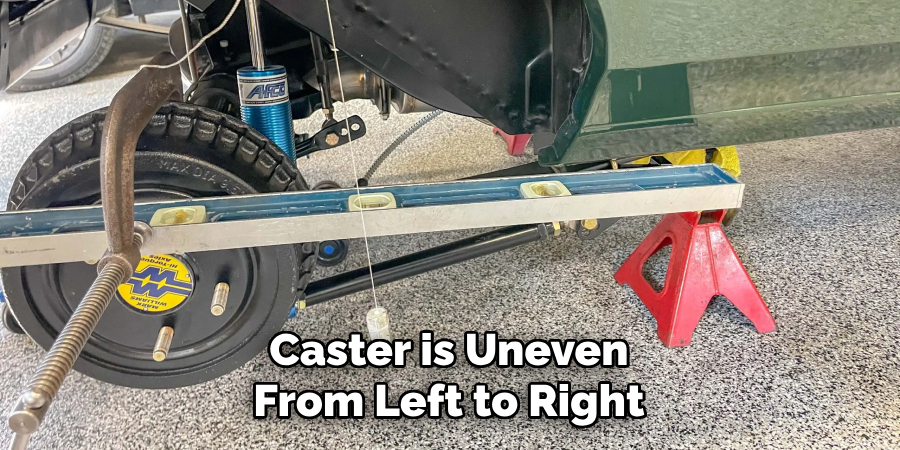
These issues should not be ignored, as timely corrections can help avoid further complications and ensure responsive and predictable vehicle control. Regularly monitoring tire condition and vehicle handling characteristics is paramount to spot early signs of misalignment and address them before they lead to more significant concerns.
Importance of Professional Alignment
Accurate caster and camber alignment is a complex procedure requiring precision instruments and an understanding of suspension dynamics. Professional mechanics employ specialized tools, such as a computerized alignment machine, that ensure measurements are exact and adjustments are made correctly. The process is delicate; slight miscalculations can lead to suboptimal handling and premature tire wear, magnifying the need for a skilled technician’s attention.
This expertise is especially crucial when rare issues, such as figuring out “how to get brake fluid out of brake booster,” occur, which may be symptomatic of deeper alignment complications. While knowledgeable enthusiasts with access to the necessary tools can tackle alignment, most drivers should trust a qualified mechanic to maintain the safety and performance of their vehicle.
Benefits of Proper Alignment
Proper alignment, especially precise caster and camber settings, is critical for optimized vehicle handling, ensuring safety, and prolonging tire life. Correctly aligned wheels reduce rolling resistance, contributing to improved fuel efficiency.
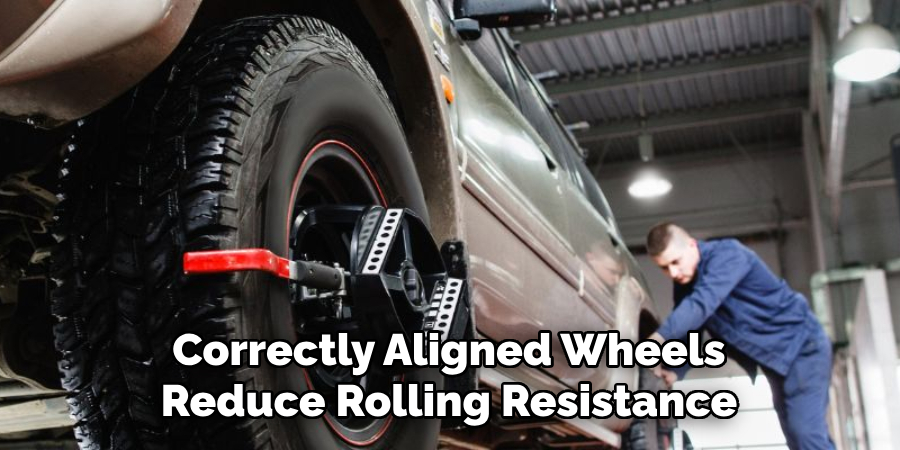
In the long term, maintaining proper alignment helps protect suspension components from undue wear and tear, preserving the vehicle’s overall performance. Aligning your vehicle to the manufacturer’s specifications is an investment in your vehicle’s health, promising a smoother ride, reliable vehicular behavior, and cost savings on tires and fuel over time.
Disclaimer and Safety Precautions
While this guide provides a fundamental understanding of caster and camber adjustments, undertaking alignment changes at home is intricate and not without risks. Only those with a clear grasp of the processes and equipment should attempt adjustments. Always prioritize safety by using sturdy jack stands to support the vehicle, never relying on a jack alone.
Wear appropriate safety gear, including gloves and eye protection, and ensure your work area is clear and stable. Consult a professional if you’re uncertain or lack the proper tools. Remember, cutting corners with vehicle maintenance can have dangerous consequences.
Identifying Adjustable Components
Adjusting the caster and camber of a vehicle typically involves modifying specific suspension parts, which can differ based on the vehicle’s make and model. Common adjustable components include control arms, which connect the suspension to the vehicle’s frame and can be adjusted or replaced with aftermarket performance parts that allow for greater caster and camber modification.
Strut bolts, particularly on MacPherson strut systems, can also be used to alter camber by loosening the bolts and shifting the position of the strut tower. Some vehicles are equipped with an eccentric cam, a rotating element that provides fine adjustment of certain suspension links.
For owners looking to identify these components, it’s essential to consult the vehicle’s service manual, which offers precise diagrams and location descriptions. Additionally, visual inspection can reveal these parts; control arms are usually found connected to the steering knuckle, whereas strut bolts attach the strut assembly to the steering knuckle.
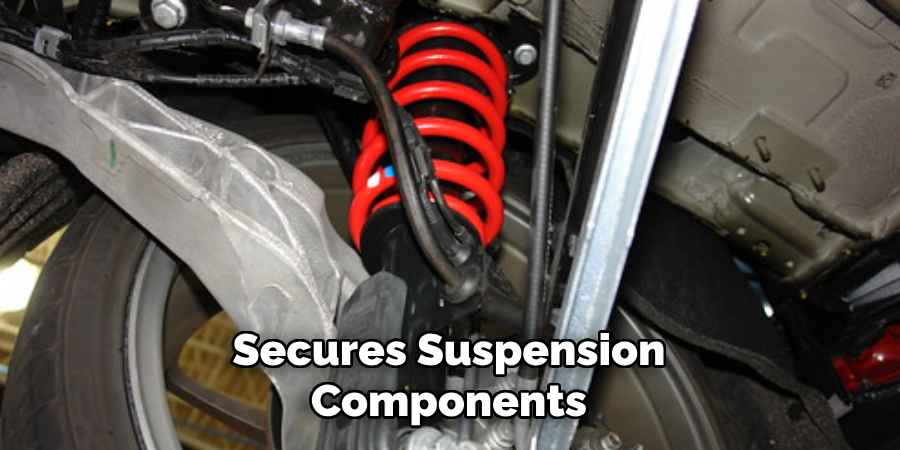
Eccentric cams are typically part of the bolt assembly that secures suspension components. If your vehicle is not equipped with adjustable features from the factory, aftermarket tuning kits are available to enable alignments beyond standard specifications. However, the process should be cautiously approached, as improper adjustments can significantly affect vehicle handling and safety.
Tools and Materials Required
To properly measure and adjust the caster and camber, several essential tools are required:
- Caster/Camber Gauge: This precise tool attaches to the wheel hub and measures the caster and camber angles. It’s vital to ensure accuracy during the alignment process.
- Jack Stands: These support the vehicle once raised with a jack, allowing safe undercarriage access. It is critical to never work under a vehicle supported only by a jack.
- Wrenches and Sockets: A set of these is necessary to loosen and tighten the bolts on suspension components during adjustment.
- Torque Wrench: Ensuring bolts are tightened to the manufacturer’s specified torque is crucial for safety and proper component function.
Each tool has a specific purpose and contributes to a successful alignment. Using the correct tool for each stage of the operation ensures adjustments are precise and safe. Always opt for high-quality, reliable tools that are compatible with your vehicle.
When using these tools, always follow the manufacturer’s safety guidelines, wear protective equipment, ensure the vehicle is stable on the jack stands, and be aware of your surroundings to prevent accidents. Remember, improper tool usage can injure or damage the vehicle.
How to Adjust Caster and Camber: A Comprehensive Guide
Adjusting the caster and camber on your vehicle requires careful preparation, accurate measurement, and meticulous adjustment to ensure that the angles are set correctly. Here’s a step-by-step guide to help you with the alignment process.
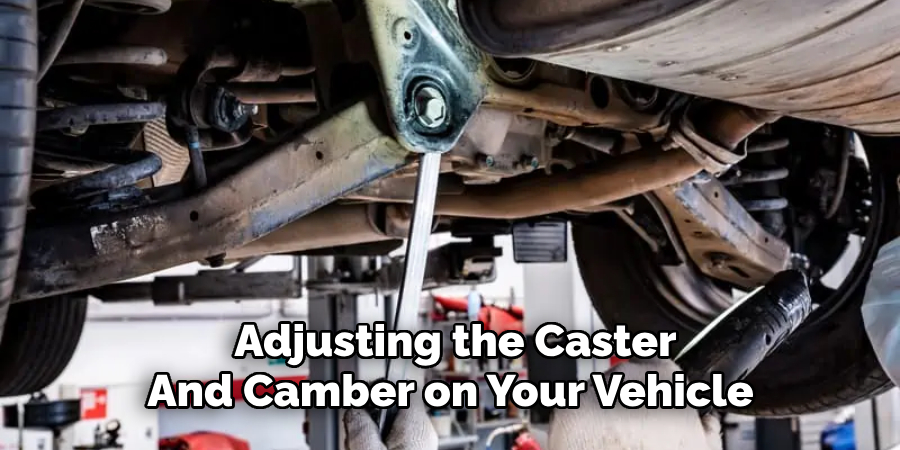
1. Preparation:
- Park the vehicle on a flat, level surface and set the parking brake to ensure it doesn’t move during the adjustment.
- Use a car jack to lift the front of the vehicle; then carefully place jack stands under the appropriate support areas to secure it.
- Mark the current position of the tires using chalk or a tire marker. This will help you return the steering to its original position after adjustments are made.
2. Measurement:
- Attach the caster/camber gauge to the wheel hub according to the manufacturer’s instructions. Ensure that the tool is calibrated and set to zero before taking any readings.
- Take note of the initial caster and camber readings for each wheel. Document these measurements for reference during the adjustment phase.
3. Adjustment:
- If the caster needs to be adjusted, locate the control arm and adjust its position to change the angle of the steering axis. This can be achieved by either turning an adjustment bolt or replacing the control arm with an aftermarket adjustable one.
- For camber adjustments, you may need to loosen the strut bolts or turn the eccentric cam to tilt the top of the tire inwards or outwards to achieve the desired camber angle.
- Make incremental adjustments and frequently check the gauge to monitor the changes. Proceed slowly to avoid over-adjusting.
4. Verification and Double-Check:
- Once adjustments are made, remove the alignment tool and lower the vehicle back onto its wheels.
- Drive the car a short distance, then re-raise and secure it to allow the suspension to settle into its new position.
- Reattach the caster/camber gauge to verify that the adjustments are within the manufacturer’s specifications or the desired settings.
- Ensure that both sides of the vehicle have symmetrical caster and camber settings to maintain even tire wear and handling characteristics.
- If further adjustments are necessary, repeat the adjustment steps until correct alignment is achieved.
Throughout the process, remember to consult the vehicle’s service manual for specific torque values and utilize proper safety equipment. Additionally, consider a professional mechanic’s help if you’re not confident in performing these adjustments yourself.
That’s it! You’ve now learned how to adjust caster and camber, two essential suspension angles that affect your vehicle’s handling and tire wear. Remember to regularly check and adjust these angles to ensure optimal performance and safety on the road. You can achieve a properly aligned suspension with the right tools, careful measurement, and precise adjustments for a better driving experience. So go ahead and give it a try!
Safety Checks and Test Drive
After any adjustments, a comprehensive safety check is crucial to ensure all suspension components are tightened to their proper torque specifications. This step is essential to maintain the vehicle’s structural integrity and ensure the safety of the driver and passengers.

Review each bolt, nut, and adjustment point; double-check the security of the jack stands before removing them and after the vehicle is lowered. Verify that nothing that could cause a malfunction or safety hazard while driving has been overlooked.
Once the safety checks are complete, conduct a test drive to assess the vehicle’s handling. Pay close attention to steering response, cornering, and any unusual noises or vibrations that could indicate an issue. If the vehicle does not handle as expected or if you notice any persistent issues, it is advisable to seek the assistance of a professional mechanic.
A well-executed alignment enhances the driving experience and ensures that the vehicle operates safely and efficiently. Remember, your safety always comes first, so if the desired results aren’t achieved or if you have any concerns post-adjustment, professional expertise can provide peace of mind and guarantee proper functionality.
5 Benefits of Adjusting Caster and Camber
Fine-tuning your car’s performance can sometimes feel like wandering through a dense automotive forest without a map — challenging but not impossible. Two key parameters, caster, and camber, play a strategic role in the steering and stability of your vehicle.
In this definitive guide, we unpack how adjusting these settings can transform your driving experience and, remarkably, save you money in the long run. Whether you’re a mechanic, a DIY car enthusiast, or simply a driver who enjoys the technical side of the automotive world, this listicle is tailored for you. Let’s steer into smoother driving together.
1. Improved Handling
Caster and camber adjustments have a direct impact on the handling of your car. Caster affects the vehicle’s straight-line stability, with more aggressive caster angles typically providing better high-speed stability. On the other hand, camber is all about how the tire contacts the road. A slight tilt away from vertical (known as negative camber) can be beneficial for road grip when cornering, but too much can lead to uneven tire wear.
A well-balanced caster and camber setup will offer you better control, especially when taking corners or cruising at high speeds. This translates to better feedback through the steering wheel, ultimately enhancing your driving experience.
2. Even Tire Wear
An improper camber setting can drastically impact how your tires wear over time. Too much inward or outward tilt can cause the edges of the tires to wear irregularly. This means you could be losing traction, and your tires might need replacing long before their time. Ensuring that your tires are making proper contact with the road surface extends their lifespan and maintains optimal performance.
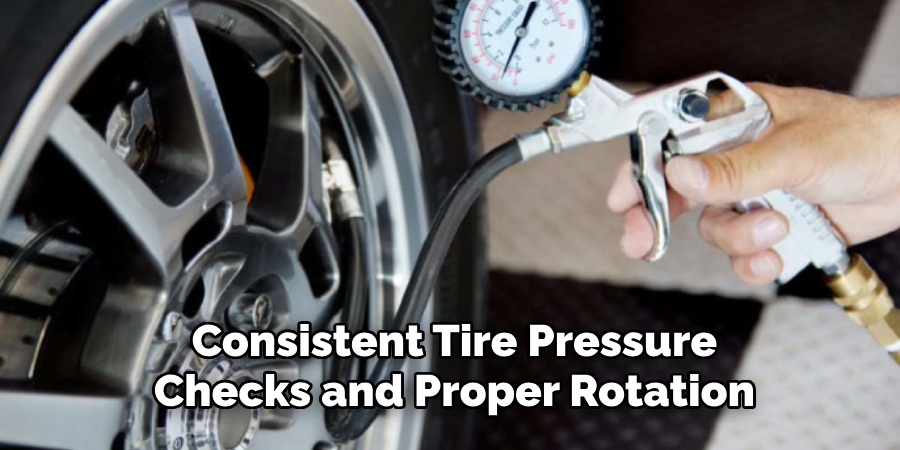
Consistent tire pressure checks and proper rotation, in addition to a good camber and caster set, can significantly impact the durability of your tires, keeping them in top condition for much longer.
3. Enhanced Performance
When you talk about car performance, you mean more than just how quickly it can go from zero to sixty. Handling, road grip, and the driver’s overall experience all fall under the performance umbrella. Caster and camber adjustments distinctly contribute to these aspects.
A high-performance vehicle typically requires a more aggressive camber angle for superior cornering capabilities. Adjusting the caster angle, meanwhile, can offer benefits in terms of straight-line stability, which is crucial for any kind of performance driving — be it on the track or during spirited drives in the countryside.
Pair these adjustments with well-maintained suspension, and you have a recipe for a car that not only goes fast but feels great doing it.
4. Increased Safety
Safety is paramount when you’re on the road. Caster and camber adjustments, when tailored to your driving needs and vehicle condition, can greatly improve safety. A well-aligned vehicle with properly set caster and camber angles will offer precise steering and improved traction, especially on wet or slippery roads.
In an emergency braking situation or sudden maneuver, the last thing you need is for your car to lose grip. Proper alignment significantly reduces this risk by ensuring your tires make maximum contact with the road.
Higher caster settings can provide what we call “self-centering” action on the steering wheel, which aids in maintaining the car’s path without requiring constant steering inputs. The result is a car feeling more planted and predictable, a huge safety advantage.
5. Cost Savings
Last but certainly not least, adjusting caster and camber can save you substantial money over time. The fact that you’re extending the life of your tires is no small benefit. Tires, especially high-quality ones, are a significant investment. By ensuring they wear evenly, you’re effectively slowing down the need for replacements.
Consistently adjusting caster and camber angles also prevents wear and tear on other parts of your suspension and steering components. A well-maintained car, with aligned caster and camber angles, doesn’t put undue stress on the steering system, leading to fewer repairs and lower maintenance costs.

Moreover, a properly aligned car can help you optimize fuel economy, minimize rolling resistance, and reduce braking effort thanks to even tire wear patterns, which means you’re not using more fuel than you need to, saving you money at the pump.
Conclusion
Understanding how to adjust caster and camber is critical for optimal vehicle performance. The adjustment process involves careful measurement, precise alignment, and verification to enhance your vehicle’s safety and handling.
Although experienced individuals with the correct tools may tackle this task, it is often best for professionals to guarantee accuracy and prevent potential issues. Professional alignments ensure the vehicle operates at peak efficiency while maintaining tire integrity and stability on the road. Always prioritize safety, whether choosing a DIY approach or seeking professional assistance.

